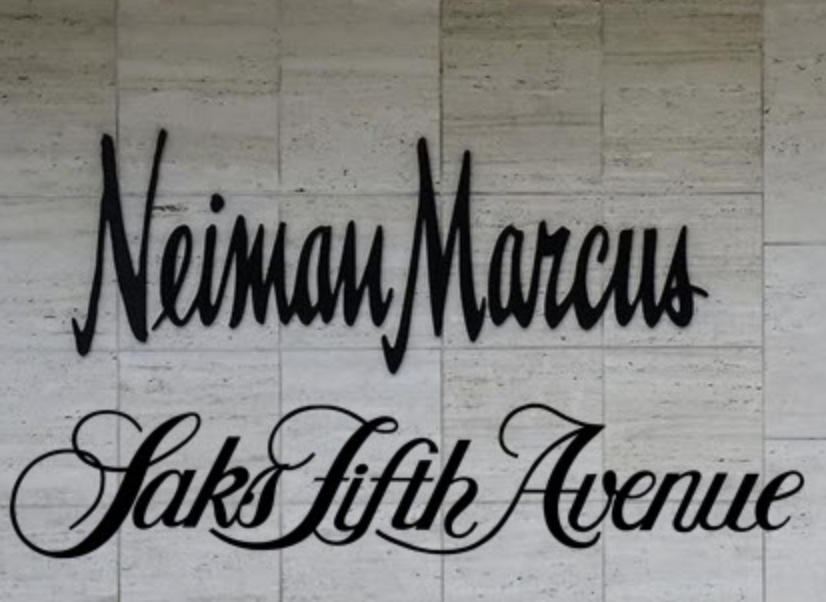Saks Fifth Avenue and Neiman Marcus Merger : Analyzing the Long-Term Impact of the Luxury Retail Merger
After an extended period of pursuit and widespread speculation, it is reported that Hudson’s Bay Co., under the leadership of Richard Baker, has finalized an agreement to acquire Neiman Marcus Group for approximately $2.65 billion. This acquisition is set to unite the luxury department store with Saks Fifth Avenue, as indicated by sources close to the deal.
Strategic Benefits: Cost Savings and Enhanced Efficiency The merger between Saks Fifth Avenue and Neiman Marcus is set to significantly reshape the retail landscape. By centralizing various administrative functions such as accounting, human resources, and distribution, the merged entity could achieve substantial financial efficiencies. These cost savings are crucial in a sector where margins can be thin and competition fierce.
E-Commerce Synergies: A Unified Digital Strategy One of the most critical aspects of the merger is the potential to create a robust digital presence. Combining the online platforms of both entities could enhance their reach and efficacy, tapping into the growing trend of online luxury shopping. This strategic move is expected to not only increase sales but also strengthen the brands' adaptability in the digital age.
Potential Downsides: Reduced Competition and Consumer Choice However, the merger raises concerns about reduced competition. The consolidation of two major players in the luxury market might lead to less competitive pricing and possibly a decline in the level of customer service. This reduction in competition could ultimately disadvantage consumers, leading to fewer choices and potentially higher prices.
Operational Challenges: Store Closures and Employment Impact The potential closure of overlapping store locations could lead to significant job losses and impact local economies. This aspect of the merger could reduce the physical presence of the new entity, limiting consumer options in certain areas and affecting the vibrancy of local retail environments.
Strategic Differentiation: Catering to Diverse Consumer Needs Strategically, the merger could allow the new entity to better navigate the luxury market by differentiating their brand portfolios and focusing on distinct consumer segments. This approach might help in attracting a broader demographic while maintaining a strong identity in the competitive luxury market.
